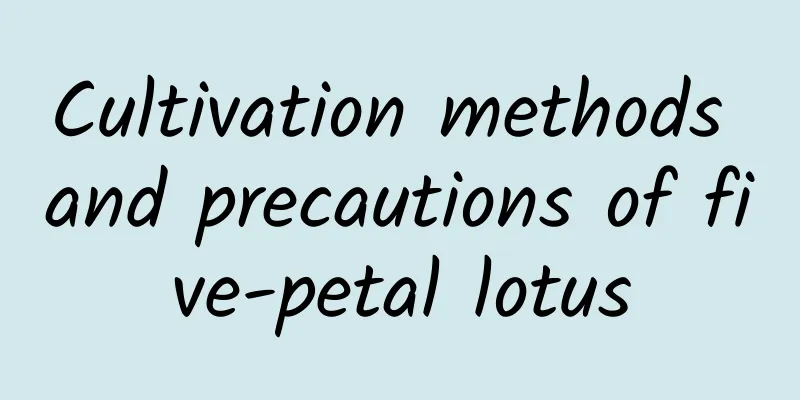Why doesn't African jasmine bloom?

Lack of lightAfrican jasmine likes sunlight, but the balcony at home cannot receive full sunlight in one day, which may cause the African jasmine to be shaded for too long, with sparse leaves, few flowers or even no flowers. To do this, move the flower pot to a sunny place for maintenance. Temperature is too lowAfrican jasmine grows well in warm environmental conditions, with the most suitable growth temperature being 18°C to 32°C. Potted plants in northern regions require greenhouse temperatures to be no lower than 3°C to 5°C in winter. If the temperature is too low, African jasmine will stop growing, which will affect flowering. Phosphorus and potassium fertilizer deficiencyIf there is a lack of fertilizer, African jasmine will not bloom. Insufficient fertilization during the bud growth stage, especially insufficient phosphorus and potassium fertilizers, will lead to poor growth of the buds and difficulty in flowering. However, people mostly focus on the nitrogen content when applying fertilizer, which makes it difficult for African jasmine to bloom. Therefore, during the growth period of African jasmine, it is necessary to reduce the content of nitrogen fertilizer and increase the content of phosphorus and potassium fertilizers, in addition to using rotten bone meal, poultry and livestock manure, or cake fertilizer water. Improper wateringImproper watering can also cause African jasmine to not bloom, especially in winter. Excessive watering will cause the roots to have poor breathing and rot. The roots are the reserve support group that supports the flowering of African jasmine, providing sufficient nutrients for the growth of flower buds. Once problems occur, flowering will inevitably be affected. During the growth period of African jasmine, observe the dryness and wetness of the potting soil, and water it in time after the soil becomes dry. Do not pour cold water or tap water on it. Let it reach room temperature before use. Air DryingAfrican jasmine prefers a relatively humid environment. The climate in the northern region is relatively dry, and the indoor heating and air conditioning make the dryness even worse. This environment is very unfavorable for the growth of African jasmine. When growing indoors in winter, do not place it in a place where it is directly blown by heating or air conditioning. Allow African jasmine enough time to accumulate nutrients in the winter so that it will have better buds when the temperature rises next year. |
<<: What causes African jasmine branches to rot and wither?
>>: What to do if the tips of Chlorophytum leaves dry up
Recommend
Top 10 Most Shade-Tolerant Outdoor Plants
1. Ferns Ferns are relatively shade-tolerant outd...
How to fertilize potted lotus
Base fertilizer If you want the lotus to bloom we...
How to grow Michelia
1. Breeding environment 1. Temperature: During th...
How to trim Lady Charlotte
Lady Charlotte Pruning Time Lady Charlotte is usu...
What are the plants with purple flowers?
1. Platycodon grandiflorum This flower is also kn...
When is the best time to sow Verbena seeds?
Verbena seeds sowing time Verbena is not very dem...
How to manage water lilies during the winter?
Bowl lotus is a small lotus, also known as white ...
How to grow orchids with better quality
Adequate lighting Orchids prefer shade, but they ...
How to fertilize dahlias
How to fertilize dahlias 1. When applying fertili...
The dietary or medicinal value of turmeric
The dietary or medicinal value of turmeric Functi...
Where do cabbage seeds come from?
Where do cabbage seeds come from? Chinese cabbage...
The cultivation method and precautions of Epimedium
1. Growth habits First of all, it is a plant that...
What flowers are suitable for growing in Nanchang? What are the city flowers and trees?
1. Climate characteristics of Nanchang Nanchang h...
Can bougainvillea be pruned in summer? What season is best for pruning?
The growth rate of bougainvillea is relatively fa...
How to grow Epiphyllum so that it blooms more
How many times can Epiphyllum bloom in a year? Pe...









